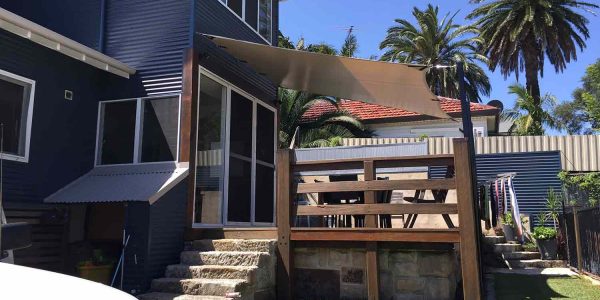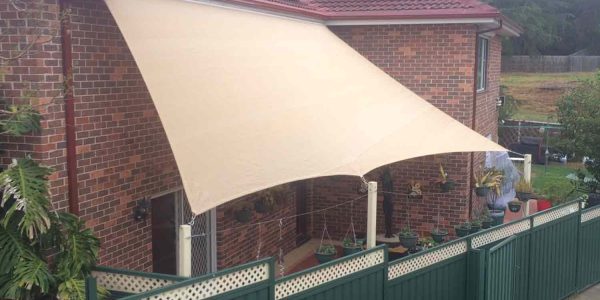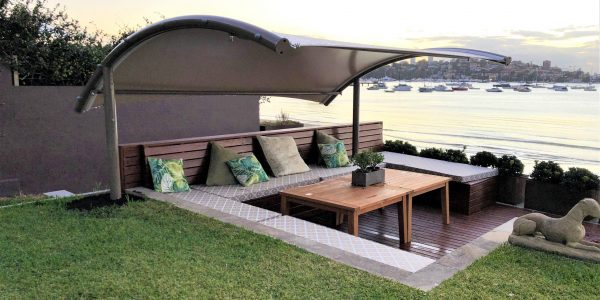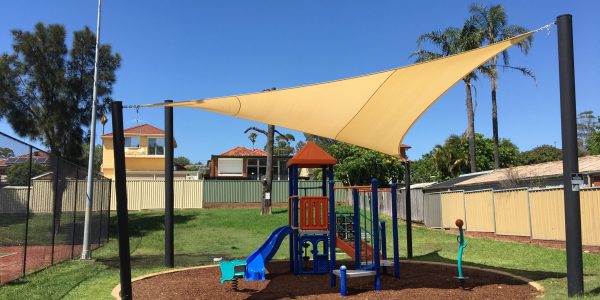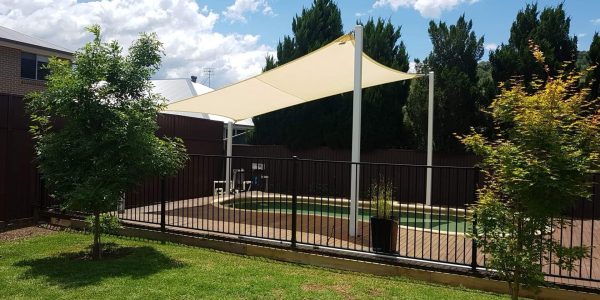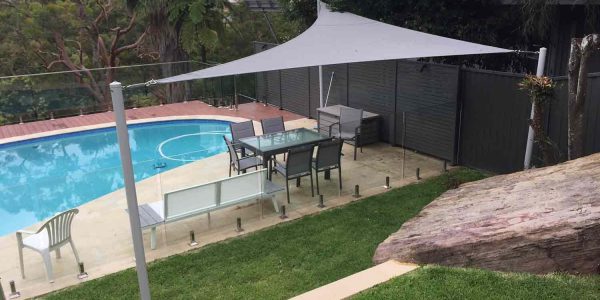Why have we created the Essential Shade Sail Buyers Guide?
Seriously buying a shade sail isn’t quite as easy as it seams. There is a lot of technical features that unless you are in the industry you won’t know about and why there can be a large difference in price for what on the surface appears to be the same product.
We have designed the guide to help you get the product you want rather than the one the salesman wants to sell you.
It will help you chose between features you need/want and those that might be good but not relevant to you.
To download the guide, click on the button on the right and the guide will either download automatically or open in a new tab as a PDF document that you can save and refer to.
Shade Sail Buyers Guide
Buying a shade sail can be confusing. The shade sail industry is unregulated so how do you determine the difference between a good sail and a bad one? A shade sail is subjective and different circumstances give different criteria for judging how good they are. The same size shade sail can be vastly different in price and results depending on style and materials used.
Criteria
The first thing you need to do is decide on your key criteria. What is most important to you when purchasing a shade sail?
- Shade Coverage – very simply put, this is how much of a shadow the sail will provide. Excluding framed shade sails, there is often a trade-off between coverage and how durable the shade sail will be. Flat sails give greater coverage but suffer from the dangers of water/hail pooling and stretching of the sail. Sails with minimal curve may flap more or require much bigger posts/footings.
- Weather protection – waterproof sails will be more expensive but depending on your requirements may not be required. Most cloth sails (if designed properly) will shed most of the water but has the advantage of not pooling and causing damage.
- Looks – you can choose from a multitude of different designs, so it is really what appeals most to you. Make sure you communicate with your designer about what you like and don’t like, so that they can design the sail around you and your budget. There can be times when what the customer wants just isn’t practical or possible for one reason or another. If this happens, your designer should explain to you why this is the case and help you find a design that will work for you.
- Longevity – it is important to clarify with your designer how long you want the sail to last as design and materials used can have a remarkable effect on how long a sail will last. Unless you are looking for a temporary fix, a shade sail is often a long-term investment and we would recommend that you look to getting at least 10 years warranty from your shade cloth.
- Price – this can make a huge difference to the sail you get. The same size sail can vary greatly in price depending on style and materials used. If you don’t have a budget in mind the designer will usually go for a middle of the road option (depending on what other information you have given them).
Design
Some design factors to take into consideration are:
- Tightness – the tighter the sail the longer it will last. The biggest enemy of a shade sail is how much it moves in the wind. The tighter the sail, less movement will occur and therefore the longer it will last (as long as you don’t exceed the strength of the material). Tightness will also affect the posts and footings due to the inwards pressure of the shade sail.
- Curve in the edge – the curve in the edge affects how much tension is needed on the connection points to make the sail tight. The greater the curve the less tension required to get the sail tight. This also has an effect on the post and footing sizes required.
- How flat the sail is installed – a well-designed sail will have high and low points to allow water and hail to run off the sides. The compromise with this is that the high points allow more sun light to come in under the sail. The danger with a flat sail is that it will pool water or hail and run the risk of a collapsed sail or even pull over the posts. In cases of extreme weather, a flat sail with strong posts can fill to the point where the cloth stretches enough to touch the ground.
Fabrication
- Edge Types – a webbing tape edge will allow for easy tensioning, but it will not allow the cloth to stretch as much as a Steel Wire Rope (SWR) edge. We often recommend a webbing tape edge when a sail is being installed by the end user, however the end result will not be as tight as a sail with a SWR edge. Using a SWR allows more adjustment and ability to get the sail tighter but can take a long time to get right and requires experience in adjusting the length.
- Cloth Joins – there are 3 basic types used on sails – Flat, Plain and Counter:
- Flat seams are where the 2 cloths are laid one on top of the other and sewn together. This can only be done where there is a selvage edge (self-finished edge) to prevent fraying. This is rarely used as it is considered the weakest of the seams with the fear of it pulling apart.
- Plain seams are where the two cloths are laid together, so top side is facing top side and are stitched together with a single row of stitches. The cloths are then opened up. This is by far the easiest and cheapest seem to produce as you don’t need to fit both sides under the sewing machine. The down side is you end up with the hem hanging down which also often acts as a dirt collector.
- A counter seam has the edges of both cloths folded inside the seam and no edges are seen. This is the hardest seam to sew and even when using a folder will take longer to sew than the other methods. The advantage is that it gives the strongest seam and leaves no visible edges.
Posts & Footings
By far the easiest way to reduce the cost of a shade sail is with the size of the posts and footings. Smaller posts are cheaper and can come pre-galvanized which can save time and money. The danger is that smaller footings run the risk of posts pulling over and that smaller posts can bend. This is not to say that smaller posts and footings won’t hold up a sail, but they do run the risk of it falling over in relatively mild weather conditions. Smaller posts and footings will need to use a low-tension sail which would then allow the sail to flap, therefore reducing the life of the sail.
The digging of the holes for posts can be a large part of the cost also, it is easily mis-understood that a hole is an easy thing to dig. We ask you to bear in mind that the footings we dig are over 1000mm deep and around 300mm in diameter and can be up to 2000mm deep and 900mm dia. Also bear in mind that the deeper you go the harder it is to dig with the time taken to dig is doubled or tripled and that is before you hit rock. Once the soil is dug up, we then need to dispose of it with a basic rule of thumb being for every cubic meter dug you need to dispose of 2 cubic meters so skip bin costs become a factor.
Cloth
There are a wide variety of cloths around and the longevity can vary greatly. Some you will be lucky to get 6 months from while others will still be going in 15 years’ time. In addition to differing levels of UV protection there are also different strengths of cloth. Larger sails require a heavier and stronger material (unless it is supported) than a smaller sail would. Each cloth has its purpose, so it is extremely important that the right material is used for a specific job.
We hope the above information has been useful. Please do not hesitate to phone us on 1300 954 400 or send an email to ultimateshadeandblinds.com.au to discuss your shade sail needs.




